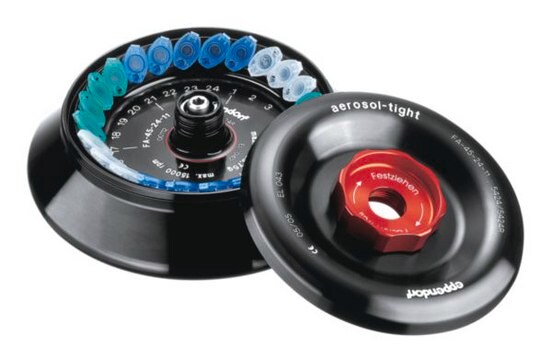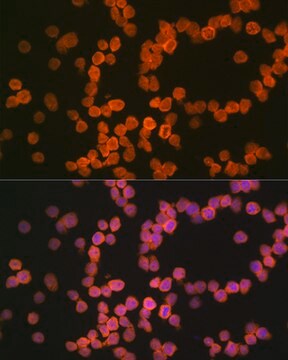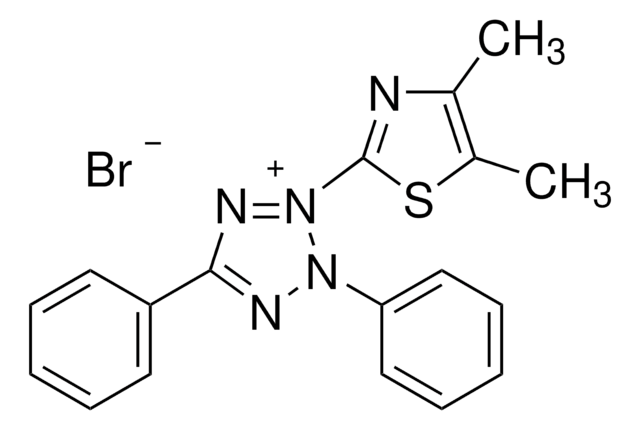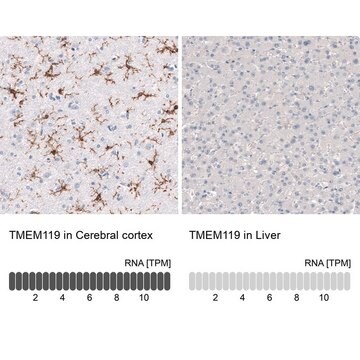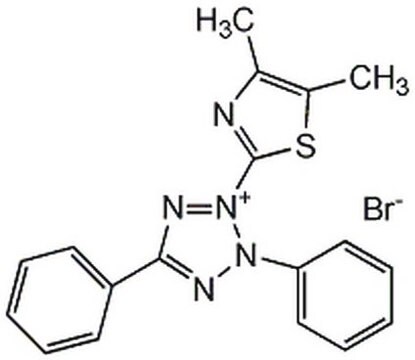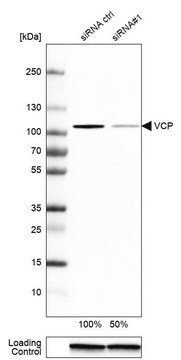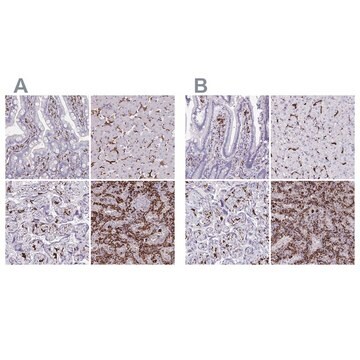SAB4700317
Monoclonal Anti-HLA-G-PE antibody produced in mouse
clone MEM-G/9, purified immunoglobulin, buffered aqueous solution
Sign Into View Organizational & Contract Pricing
All Photos(1)
About This Item
UNSPSC Code:
12352203
NACRES:
NA.41
Recommended Products
biological source
mouse
Quality Level
conjugate
phycoerythrin (R-PE) conjugate
antibody form
purified immunoglobulin
antibody product type
primary antibodies
clone
MEM-G/9, monoclonal
form
buffered aqueous solution
species reactivity
human
concentration
0.1 mg/mL
technique(s)
flow cytometry: suitable
isotype
IgG1
NCBI accession no.
UniProt accession no.
shipped in
wet ice
storage temp.
2-8°C
target post-translational modification
unmodified
Gene Information
human ... HLA-G(3135)
General description
The antibody MEM-G/9 reacts with native form of human HLA-G1 on the cell surface as well as with soluble HLA-G5 isoform in its beta2-microglobulin associated form. HLA-G belongs to the MHC Class I molecules (MHC Class Ib; nonclassical) and it is expressed on the surface of trophoblast cells. The antibody MEM-G/9 is standard reagent thoroughly validated during 3rd International Conference on HLA-G (Paris, 2003).
Immunogen
Recombinant human HLA-G refolded with beta2-microglobulin and peptide
Application
The reagent is designed for Flow Cytometry analysis of cells expressing HLA-G molecule on the cell surface using a 1:100 dilution. Indicated dilution is recommended starting point for use of this product. Working concentrations should be determined by the investigator.
Features and Benefits
Evaluate our antibodies with complete peace of mind. If the antibody does not perform in your application, we will issue a full credit or replacement antibody. Learn more.
Physical form
Solution in phosphate buffered saline containing 15 mM sodium azide and 0.2% high-grade protease free BSA as a stabilizing agent.
Disclaimer
Unless otherwise stated in our catalog or other company documentation accompanying the product(s), our products are intended for research use only and are not to be used for any other purpose, which includes but is not limited to, unauthorized commercial uses, in vitro diagnostic uses, ex vivo or in vivo therapeutic uses or any type of consumption or application to humans or animals.
Not finding the right product?
Try our Product Selector Tool.
Storage Class Code
10 - Combustible liquids
WGK
WGK 2
Flash Point(F)
Not applicable
Flash Point(C)
Not applicable
Choose from one of the most recent versions:
Already Own This Product?
Find documentation for the products that you have recently purchased in the Document Library.
Ana S López et al.
Molecular immunology, 43(14), 2151-2160 (2006-02-24)
Dendritic cells (DC) are strong inducers of immunity but they can also be tolerogenic. During monocyte differentiation to DC the immunosuppressive indoleamine-2,3-dioxygenase (IDO) is induced. IDO degrades Trp to kynurenine, which is further metabolized to 3-hydroxyanthranilic acid. DC can also
Cecilie Brekke Rygh et al.
PloS one, 9(9), e108414-e108414 (2014-10-01)
There are currently no established radiological parameters that predict response to immunotherapy. We hypothesised that multiparametric, longitudinal magnetic resonance imaging (MRI) of physiological parameters and pharmacokinetic models might detect early biological responses to immunotherapy for glioblastoma targeting NG2/CSPG4 with mAb9.2.27
Global Trade Item Number
| SKU | GTIN |
|---|---|
| SAB4700317-100UG | 4061832706993 |
Our team of scientists has experience in all areas of research including Life Science, Material Science, Chemical Synthesis, Chromatography, Analytical and many others.
Contact Technical Service